Minimalist interior design is all about simplicity, clean lines, and creating calm, uncluttered spaces. But that doesn’t mean your rooms have to feel cold or lifeless. Adding carefully chosen indoor plants is one of the easiest and most beautiful ways to soften a minimalist room while keeping it serene and stylish. The right greenery introduces natural color, texture, and a sense of tranquility without overwhelming the space. Here are smart, creative ideas to design a minimalist room with indoor plants that feel fresh and effortlessly chic.
1. Choose Statement Plants for a Single Focal Point
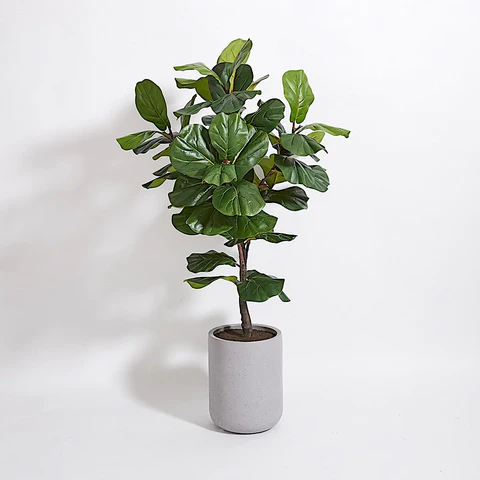
In a minimalist room, less is more — and a single, bold plant can make a powerful statement. Opt for plants like a Fiddle Leaf Fig, Rubber Plant, or Bird of Paradise, which feature large, sculptural leaves and upright growth. Placing one of these in a plain ceramic or terracotta pot in a bare corner instantly adds life and elegance without cluttering the space. This technique creates a visual anchor and introduces organic form into a room dominated by straight lines and neutral tones.
2. Use Neutral Planters for Seamless Integration
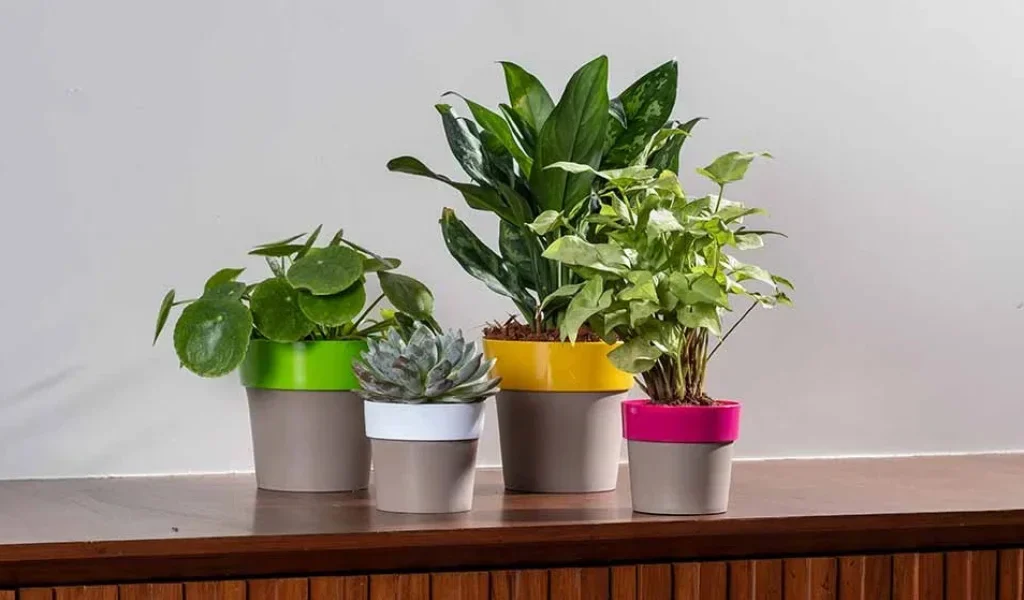
For a cohesive minimalist look, choose planters in neutral shades like white, beige, gray, or soft pastels. Matte ceramic, concrete, or clay pots blend effortlessly into pared-down interiors and allow the natural beauty of the plant to stand out. Avoid overly decorative containers or colorful pots that might disrupt the room’s calm, clean aesthetic. Matching your plant containers to your room’s palette ensures the greenery integrates seamlessly into the overall design while enhancing the room’s relaxing, harmonious atmosphere.
3. Incorporate Hanging Plants to Save Floor Space
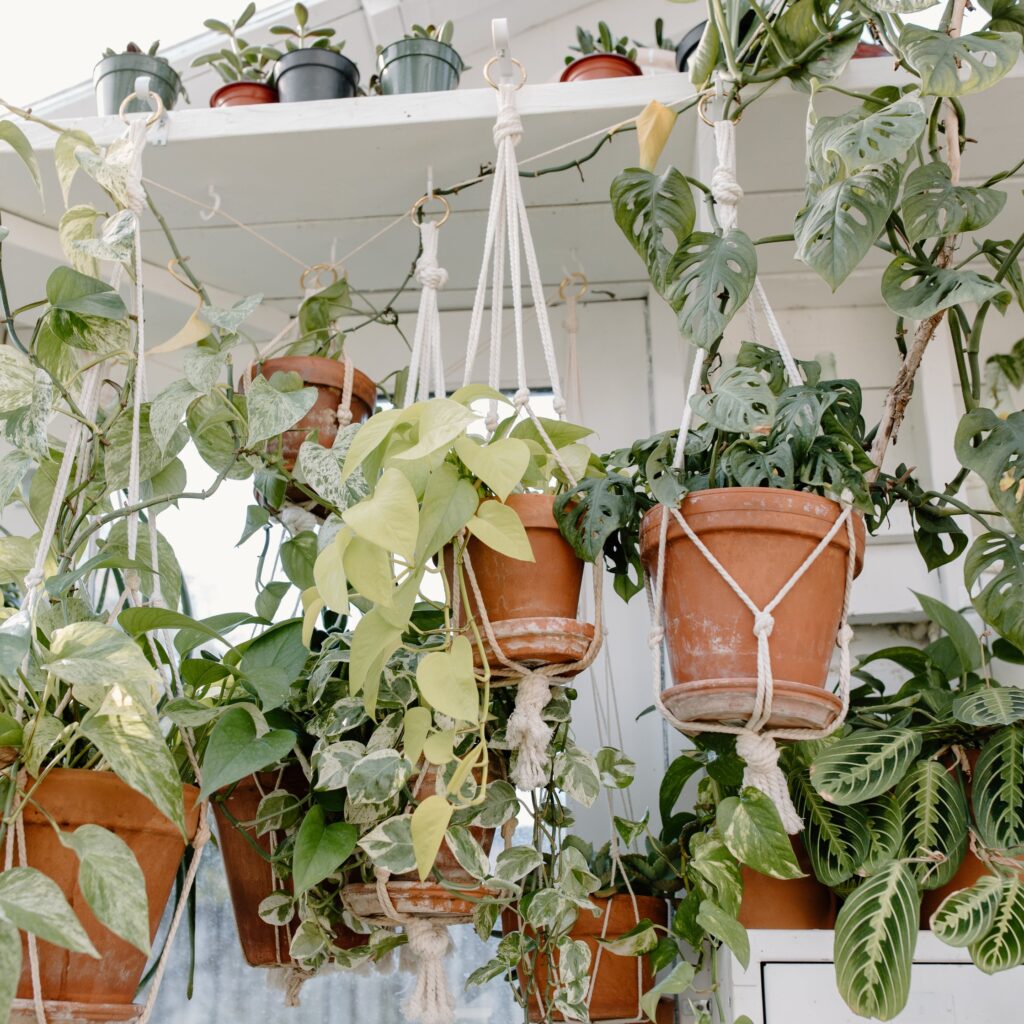
Hanging plants are ideal for minimalist rooms, especially when floor space is limited. Choose low-maintenance, trailing plants like Pothos, String of Pearls, or Boston Fern and place them in simple hanging planters or macramé holders. This adds natural movement and softness to your space without cluttering surfaces. Hanging greenery draws the eye upward, making rooms feel taller and airier while maintaining the simplicity of a minimalist design. Position them in corners or near windows to add greenery without disrupting clean, open layouts.
4. Curate a Monochrome Green Plant Selection
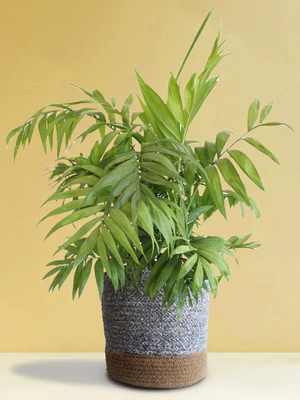
To keep your minimalist room looking sleek and uncluttered, consider using plants with similar leaf colors or tones. A monochrome green palette with varying textures — from smooth Snake Plant leaves to bushy ZZ Plant foliage — creates visual interest without visual chaos. This restrained approach introduces organic life into the room while preserving the design’s simplicity. Group two or three complementary plants together in similar planters for a curated, gallery-like arrangement that feels intentional and refined.
5. Use Shelf and Wall-Mounted Plant Displays
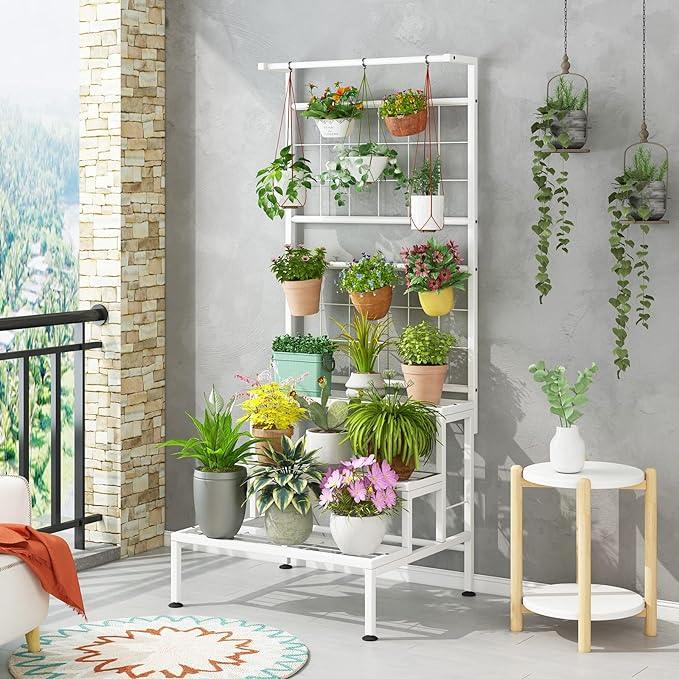
Minimalist spaces benefit from vertical designs that save floor space while adding style. Install a floating shelf or wall-mounted planter to display small plants like Succulents, Air Plants, or Calathea. Keep the display uncluttered by limiting the number of plants and using uniform containers. This creates a clean, organized plant display that doubles as wall art. Shelves with trailing plants add softness and movement to stark, white walls without overcrowding the room or breaking the minimalist design rules.
6. Pair Plants with Natural Textures

Minimalist interiors often feature smooth, clean surfaces — but adding natural textures can warm them up. Pair your houseplants with materials like woven baskets, linen throws, wooden furniture, or stone accessories to introduce subtle contrast. A tall Areca Palm in a seagrass basket or a Rubber Plant in a raw clay pot complements the simplicity of minimalist decor while making the space feel grounded and organic. These natural elements enhance the plants’ presence and enrich the overall room aesthetic.
7. Position Plants for Balanced Symmetry
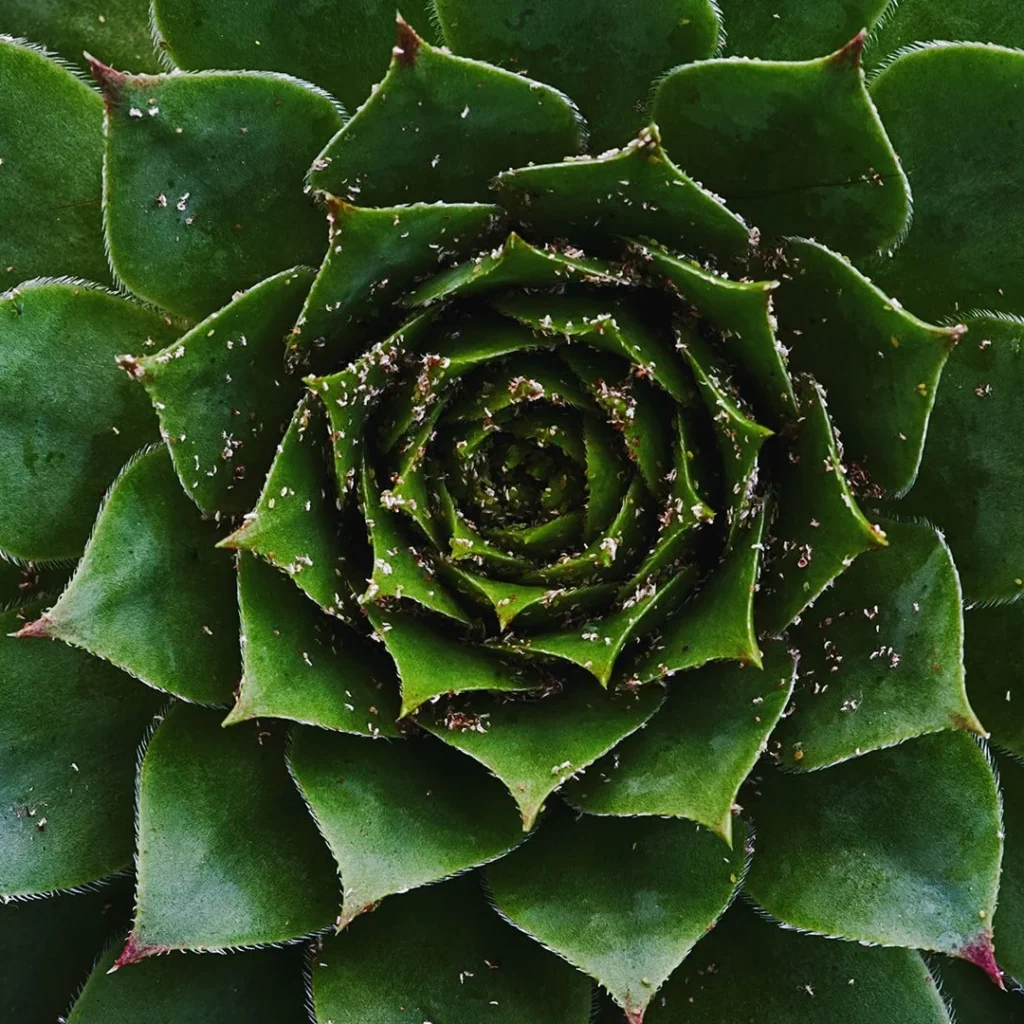
Symmetry is a key principle in minimalist design, and indoor plants can be thoughtfully placed to maintain visual balance. Positioning two identical Snake Plants on either side of a sofa or console creates clean, structured lines and harmony in your decor. Similarly, placing a single, large-leafed plant next to a floor lamp or artwork can subtly balance a vignette. Keeping the arrangement simple and symmetrical allows the greenery to complement, rather than overwhelm, your minimalist space.
Final Thoughts
A minimalist room doesn’t have to feel sterile or empty — adding well-chosen indoor plants introduces warmth, natural beauty, and peaceful energy to your home. These design ideas for incorporating plants into minimalist spaces prove that even a touch of greenery can enhance simplicity while preserving clean lines and calming atmospheres. Whether through bold statement plants, vertical displays, or paired natural textures, you can effortlessly blend indoor plants into your modern, minimalist decor for a look that’s serene, stylish, and refreshingly natural.





